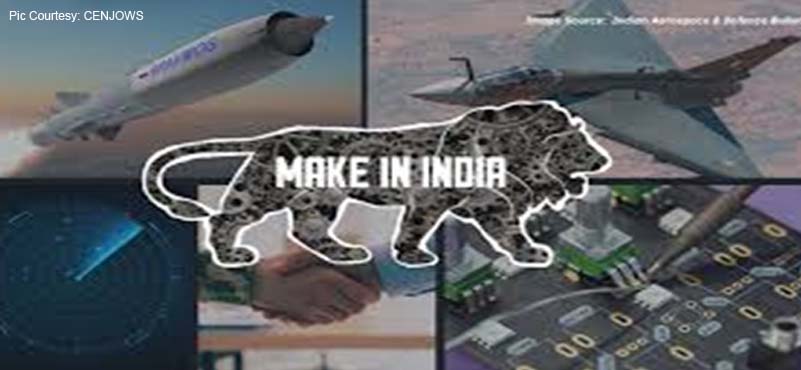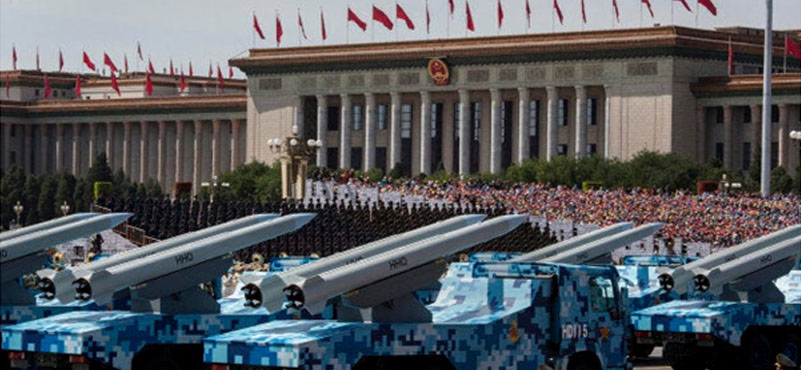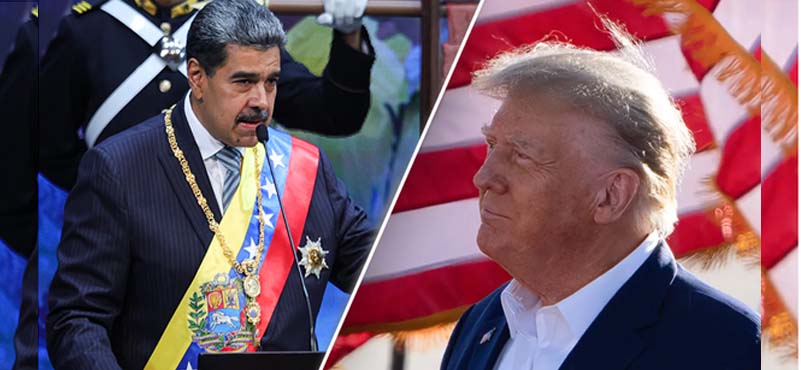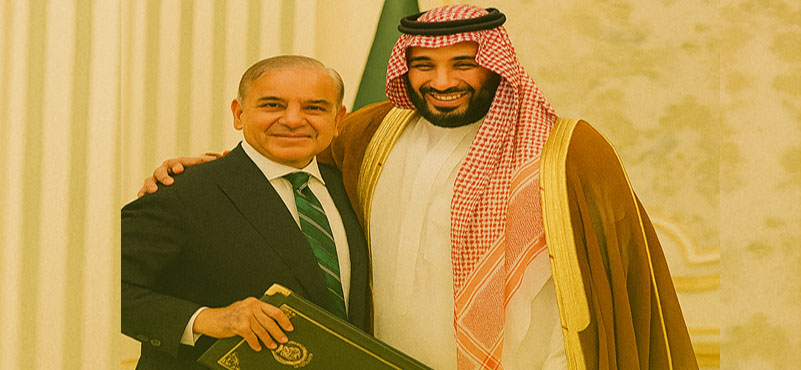“Making India self-reliant is the only way to ensure that the 21st century belongs to India.”
— Prime Minister Narendra Modi, 13 May 2020
The Strategic Imperative of Self-Reliance
Tectonic and disruptive changes in the global security environment are creating geopolitical fragility at an unprecedented scale, from the Indo-Pacific to the trans-Atlantic. Strategic ambiguity and the militarisation of all elements of national power are gaining increased visibility. India’s inclusive growth faces challenges of balancing the trio of US-Russia-China; turbulence of the immediate neighbourhood, which has its own fallouts, and internal fault-lines challenges, which are often exploited by those forces inimical to the national interest.
The Russia-Ukraine war and the Chinese Himalayan misadventure have both highlighted two key facets of national security: one, the nation will have to fight its battles alone, and two, the imperative to win its battles with indigenous defence capabilities. Thus, the imperative of a strong and modern military, based on the foundation of a self-reliant and responsive defence industrial base. As a nation with fasting fast-growing economy, rich human resources, the third largest defence forces, rich mineral resources and a youth bulge, the potential exists. Yet the glaring gap between “potential and performance” needs to be bridged with a rejuvenated pace, both qualitatively and quantitatively.
A World of Weaponised Dependencies
Contemporary wars have highlighted that global supply chains collapse the moment geopolitical winds shift. Russia faced sanctions that froze its reserves and isolated its economy overnight. Europe, for all its wealth, discovered how vulnerable it was when gas pipelines were turned into strategic chokeholds.
And America? It has long perfected the art of weaponising interdependence. Sanctions are wielded not just against adversaries but even against allies who dare to chart independent courses. The dollar itself is leveraged as a pressure point, punishing dissenters and rewarding compliance.
This is where Donald Trump’s trade wars must be seen not as aberrations but as revelations. Under Trump, tariffs became weapons. Steel and aluminium duties were slapped on Europe, Japan, and even India—not enemies, but partners. China bore the brunt, but the collateral damage hit everyone. What was sold as “America First” was in fact “world destabilisation first,” turning trade into a battlefield and uncertainty into strategy.
When Washington weaponises trade with tariffs, fuels wars with weapons, and destabilises nations with sanctions, it is not peace that runs through America’s veins; it is profiteering from chaos. To call Ukraine “Modi’s war” is not just false; it is an attempt to shift blame from the fact that war runs through Washington and the Arms Industry calls the shots.
For India, the message is clear. Any dependence, be it oil from the Gulf, semiconductors from East Asia, or weapons from the West, can be turned against us. Self-reliance is not optional. It is insurance against coercion.
The Potential–Performance Deficit
India has the makings of a defence-industrial power. We are the world’s fifth-largest economy, with a billion-strong workforce, one of the world’s biggest armed forces, and an expanding private sector. And yet, the gap between potential and performance is glaring.
According to SIPRI’s 2024 report, India remains among the second biggest arms importers globally. Import dependence has dipped from 70% to under 60% and diversified in the last decade, but this still reflects a strategic vulnerability.
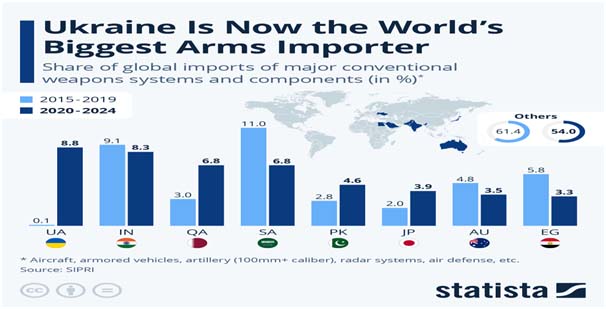
We are building ships but importing engines, flying jets but relying on foreign avionics, deploying missiles but dependent on imported seekers and building tanks but importing major assemblies like engines, transmission and guns.
Progress is undeniable. Defence production in FY 2024–25 hit a record ₹1.5 lakh crore, while exports surged to nearly ₹24,000 crore, a tenfold jump from 2016. Over 100 nations now buy Indian arms. Ironically, globally, the fact remains, India still does not figure among the top 25 arms exporters. Smaller nations, with far fewer resources, outperform us.
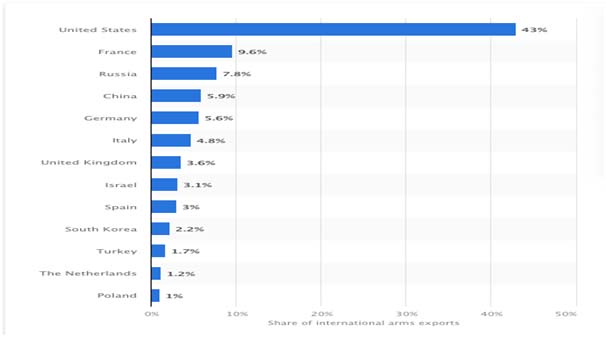
The problem lies within. Defence PSUs continue to dominate, stifling competition. The private sector, with talent and hunger, remains under-leveraged. R&D spending is a fraction of global norms; barely 7% of the defence budget, less than 1% of GDP. There are no Indian defence manufacturing companies figuring in the top forty global defence companies. Smaller nations like South Korea, the Netherlands, Poland, and Israel are ahead of HAL, which is 42nd in standing. The gap between ambition and execution remains our Achilles’ heel.
A Window of Opportunity
Crises create opportunity, and wisdom is born in chaos. World War II made the U.S. defence industry the largest on earth. The Ukraine war is doing the same for Europe. The global defence market grew 8.2% in 2023–24, and demand for drones, missiles, and artillery is exploding.
India must seize this moment. Over 12,000 MSMEs are already active in defence. The iDEX innovation ecosystem is positive but insufficient. Start-ups are delivering drones, AI-driven surveillance, and cyber solutions, but need institutionalisation and long-term funding. The scale remains missing. Funding is patchy. Procurement pipelines are uncertain. Bureaucratic procedures still are the villain. Handholding of a startup in a gain-sharing – risk-sharing model is weak. Indigenous R&D funding and a base for critical technologies are lacking.
India has the demographic dividend, cost advantage, and engineering depth to be the arsenal of the Global South. But this requires a cultural shift away from crisis-driven emergency procurement towards long-term investment in capacity.
Bridging the Deficit: Action not Slogans
The desired correctives are clear:
- Budgetary Envelope: Raise defence spending to 2–2.5% of GDP, backed by a non-lapsable capital procurement fund.
- Risk–Gain Sharing: Assure the industry of procurement to incentivise R&D and joint ventures. Strategic partnerships must mean more than paperwork.
- R&D First: Allocate at least 12–15% of the defence budget to R&D, prioritising metallurgy, electronics, indigenous design, and software.
- True Indigenisation: Verify indigenous content transparently. Assembly cannot masquerade as self-reliance.
- Import Substitution with Teeth: Embargoes must be enforced with timelines and penalties, covering raw materials, subassemblies, assured supply chains, not just final products.
- Ecosystem Integration: Empower MSMEs, protect them from predatory practices, and compel PSUs to transfer non-sensitive technology.
- Stable Business Models: The Defence industry needs continuity, not shifting goalposts. Volumes and stability create strength.
- Technology Mapping: Build institutions to forecast, benchmark, and price technology transparently.
- Exports as Influence: Scale exports for economies of scale and diplomatic leverage. Arms sales are not just commerce; they are geopolitics.
Future Wars: Beyond Steel and Gunpowder
Modern warfare is not just about tanks and fighter jets. It is about drone swarms, hypersonic, AI, quantum, and cognitive warfare. The fusion of technology and innovation defines the future multidomain battlefield.
India cannot afford to lag here. Preparing for yesterday’s wars with borrowed equipment is the surest path to defeat. Self-reliance must extend to cyber, space, and information warfare domains, where the first blow may decide the last. We need not only self-reliance but also quality and production capacity.
Conclusion: Dependence Is Defeat, Deterrence Is Sovereignty
India does not seek war. We covet no land. We provoke no neighbour. But let no one mistake restraint for weakness. When tested, India responds with strength, precision, and purpose.
The contradiction is glaring: how can a nation that aspires to global leadership remain the world’s second-largest arms importer? Sovereignty through steel is not a metaphor. It is survival. Dependence is defeat; deterrence is sovereignty. The 21st century will not belong to India by default. It will belong to India only if we build the arsenal, the autonomy, and the will to shape it beyond policies and statements.
ABOUT THE AUTHOR
 Lieutenant General A B Shivane, is the former Strike Corps Commander and Director General of Mechanised Forces. As a scholar warrior, he has authored over 200 publications on national security and matters defence, besides four books and is an internationally renowned keynote speaker. The General was a Consultant to the Ministry of Defence (Ordnance Factory Board) post-superannuation. He was the Distinguished Fellow and held COAS Chair of Excellence at the Centre for Land Warfare Studies 2021 2022. He is also the Senior Advisor Board Member to several organisations and Think Tanks.
Lieutenant General A B Shivane, is the former Strike Corps Commander and Director General of Mechanised Forces. As a scholar warrior, he has authored over 200 publications on national security and matters defence, besides four books and is an internationally renowned keynote speaker. The General was a Consultant to the Ministry of Defence (Ordnance Factory Board) post-superannuation. He was the Distinguished Fellow and held COAS Chair of Excellence at the Centre for Land Warfare Studies 2021 2022. He is also the Senior Advisor Board Member to several organisations and Think Tanks.

